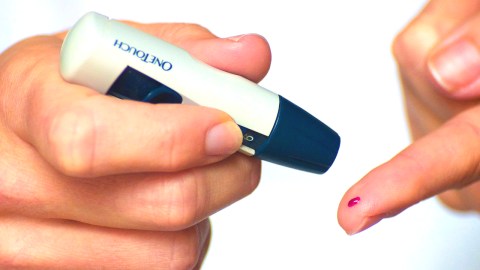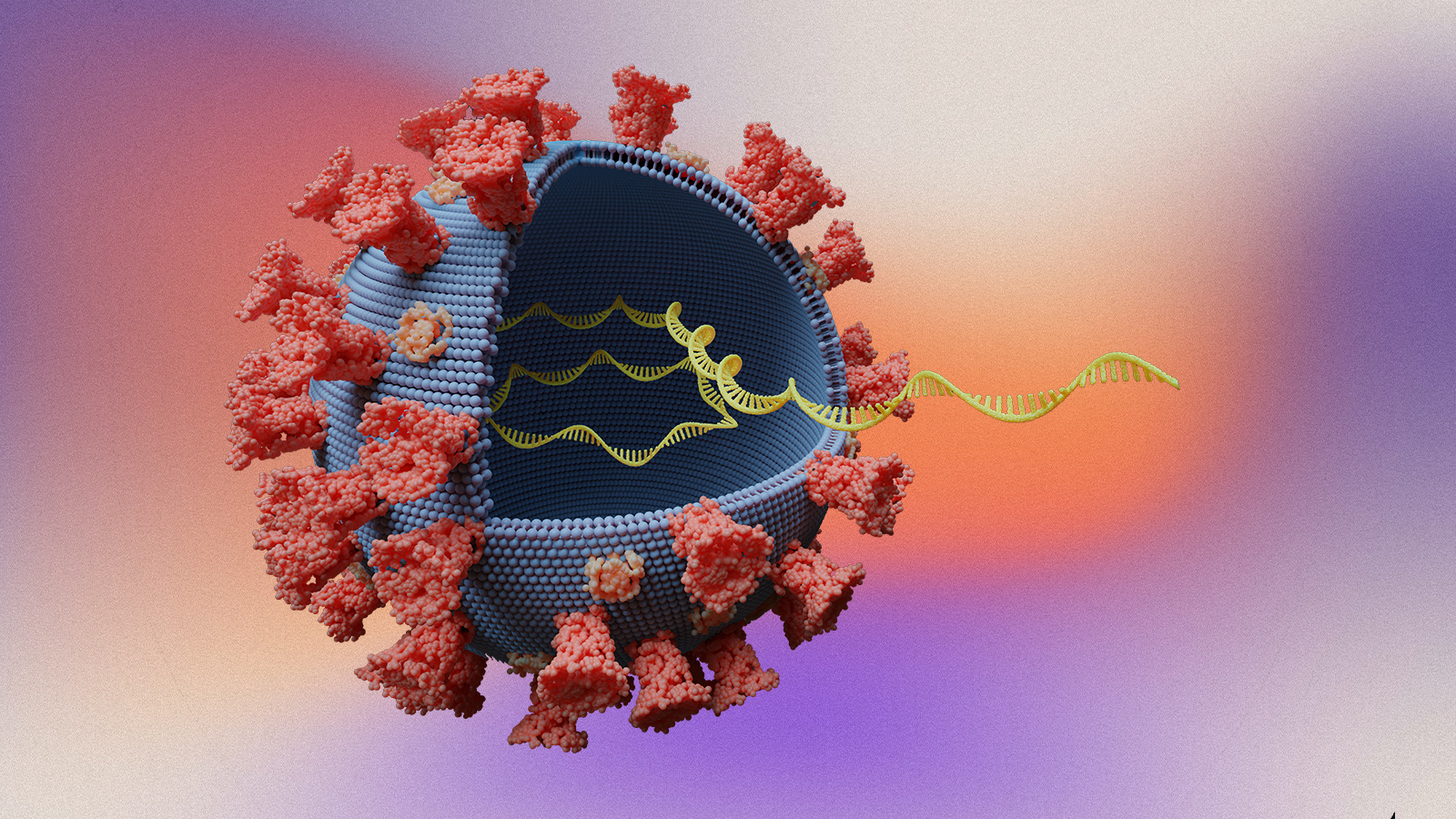Study: Diabetes falls into five types, not just two

Diabetes can best be classified into five clusters instead of two, suggests new research.
The findings could help doctors provide diabetes patients with tailored treatment programs – also called “precision medicine” – and help explain why some patients respond to medications differently.
Currently, the medical community broadly recognizes two types of diabetes, which is a disease that impairs the body’s ability to properly produce or regulate blood sugar. In type 1, the more severe type that accounts for 5 to 10 percent of all diabetes cases, the immune system destroys cells that produce insulin.
In type 2 diabetes, which accounts for the vast majority of cases, the body is unable to properly use insulin, and it can eventually lose some of its ability to produce the hormone.
A paper published in The Lancet Diabetes & Endocrinologyoutlines a more nuanced picture of the disease, however.
In the study, researchers from Finland and Sweden examined 13,270 newly diagnosed diabetes patients, ages 18 to 97, by isolating measurements of insulin secretion, insulin resistance, blood sugar levels, age, and the onset of illness. The results showed diabetes could be broken down into five cluster – three more severe, two milder.
The most severe cluster of the five is defined similarly to classical type 1 diabetes, while the remaining four clusters represent subtler subtypes of type 2 diabetes. The BBC summarized each of the five:
-
Cluster 1 – severe autoimmune diabetes is broadly the same as the classical type 1 – it hit people when they were young, seemingly healthy and an immune disease left them unable to produce insulin
-
Cluster 2 – severe insulin-deficient diabetes patients initially looked very similar to those in cluster 1 – they were young, had a healthy weight and struggled to make insulin, but the immune system was not at fault
-
Cluster 3 – severe insulin-resistant diabetes patients were generally overweight and making insulin but their body was no longer responding to it
-
Cluster 4 – mild obesity-related diabetes was mainly seen in people who were very overweight but metabolically much closer to normal than those in cluster 3
-
Cluster 5 – mild age-related diabetes patients developed symptoms when they were significantly older than in other groups and their disease tended to be milder
Patients within each cluster demonstrated different kinds of health risks. For example, those in cluster 2 (insulin-deficient) had the highest risk of losing eyesight, while patients in cluster 3 (most resistant to insulin) showed a higher risk of developing diabetic kidney disease.
“This is extremely important, we’re taking a real step towards precision medicine,” Professor Leif Groop, one of the authors of the study, told the BBC. “In the ideal scenario, this is applied at diagnosis and we target treatment better.”
It’s unlikely, however, that the revised classification system will be implemented on a large scale anytime soon. One reason is that the study only focused on Scandinavians, and diabetes is a disease that’s known to vary among populations. It’s also possible that researchers will find that diabetes, specifically the subtypes that would fall into type 2 diabetes, can be classified into many more clusters than just five.
Still, the findings seem to be a positive step toward improved treatment of diabetes, which affects more than 420 million people worldwide.
“This research takes a promising step toward breaking down type 2 diabetes in more detail,” Dr. Emily Burns, from Diabetes U.K., told the BBC. “But we still need to know more about these subtypes before we can understand what this means for people living with the condition.”





